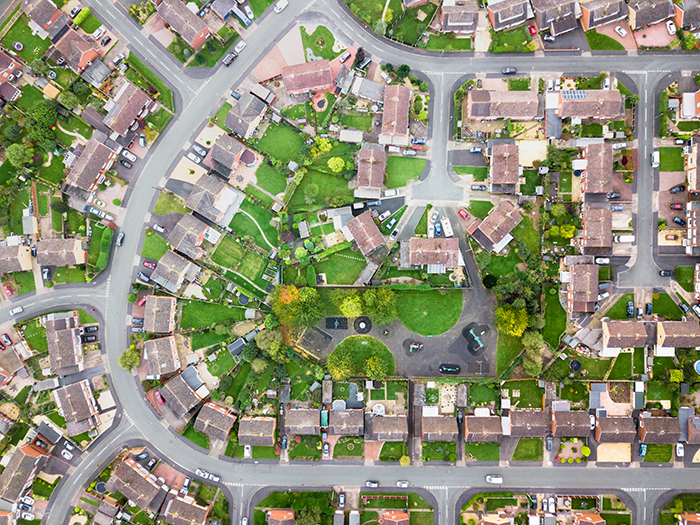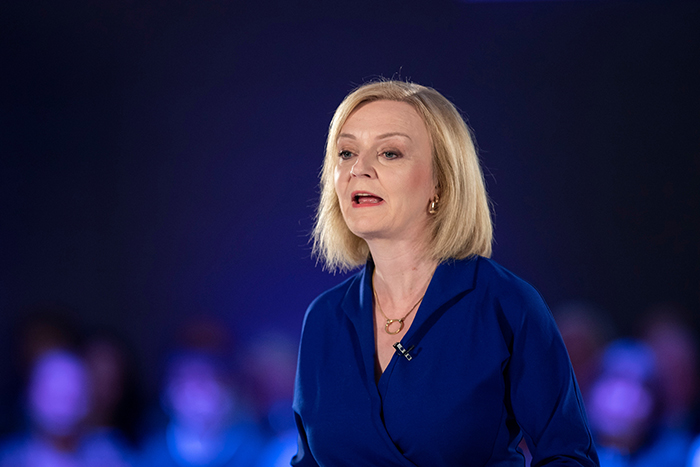
Average house price growth eased to 3.6% to £379,309 in the year to March, data from e.surv shows, but the market “remains remarkably resilient” ahead of the key spring buying season.
The fall is the seventh month in a row that home prices have slowed at an annual rate, but is also the smallest reduction in this period, says the e.surv Acadata House Price Index.
However, while prices are “under pressure”, the report says, transactions have held steady.
Residential property transactions lifted 2% to 76,920 in February compared to the previous month, but are 18% lower than a year ago, according to the latest HMRC data.
The index adds that home prices fell 0.3%, by around £1,200, in March from a 0.3% rise the month before. The annual rise in March, the lowest since July 2020, falls from a 4.2% uplift in February.
E.surv director Richard Sexton says: “The key observation is that while price growth is reducing, prices for actual completed transactions are not falling.
“This points to a continued shortage in the market of the right kind of property for buyers and that affordability concerns, which have been compounded by rising interest rates and the cost-of-living pressures, have been partly offset by the number of lenders competing for business in a market of fewer transactions.”
He adds: “We expect the traditional spring buying season to be incredibly important in setting the tone for the rest of the year.”
Acadata senior analysts John Tindale and Peter Williams point out that “there were grounds for suggesting the market might be plateauing, prices broadly stagnating, rather than collapsing, as some have argued.
“Certainly, the general consensus was that, by some key measures, the housing market was doing better than expected — partly because with fewer transactions, lenders were now competing hard for market share, and had reduced the price of mortgages in recent months, despite the 11 successive rises in the Bank of England’s base rate.”
They add: “This had helped counter the affordability squeeze that has been working its way through the market on the back of cost-of-living increases, as well as static wages and of course the underlying shift from a very low interest rate regime — which had been in place for a decade — to one roughly approximating something more ‘normal.’”
The West Midlands remains the top region, in terms of annual price growth, at 8.9%, followed by the South West at 6.9% and the East Midlands at 6.1%. Greater London was the only region to post falling house prices over this period, slipping by 1.8%.



